The Science Of Exercise Related Cramping

Cramp is something that most runners will have experienced on a run at some point. But what are exercise associated cramps and is there any way of curing them if you get one whilst out running?
In this post, we go through what exercise associated cramping is, who gets them, the science behind cramp, some cramp related myths PLUS some suggestions for prevention and treatment.
What is an exercise associated cramp?
An exercise associated cramp has been described as an ‘involuntary skeletal muscle contraction’ which can be really painful and has happened to athletes at all different levels.
In fact, the tennis player Sabine Lisicki had to be stretchered off the court in the French Open in 2011 after getting an exercise associated muscle cramp, showing just how painful these cramps can be and that they happen to all levels of athlete from amateur right up to elite.
The annoying thing about cramp is that it is really unpredictable, making it a scary prospect for runners who have experienced cramp in the past, and a very hard condition to monitor and investigate in science studies and experiments.
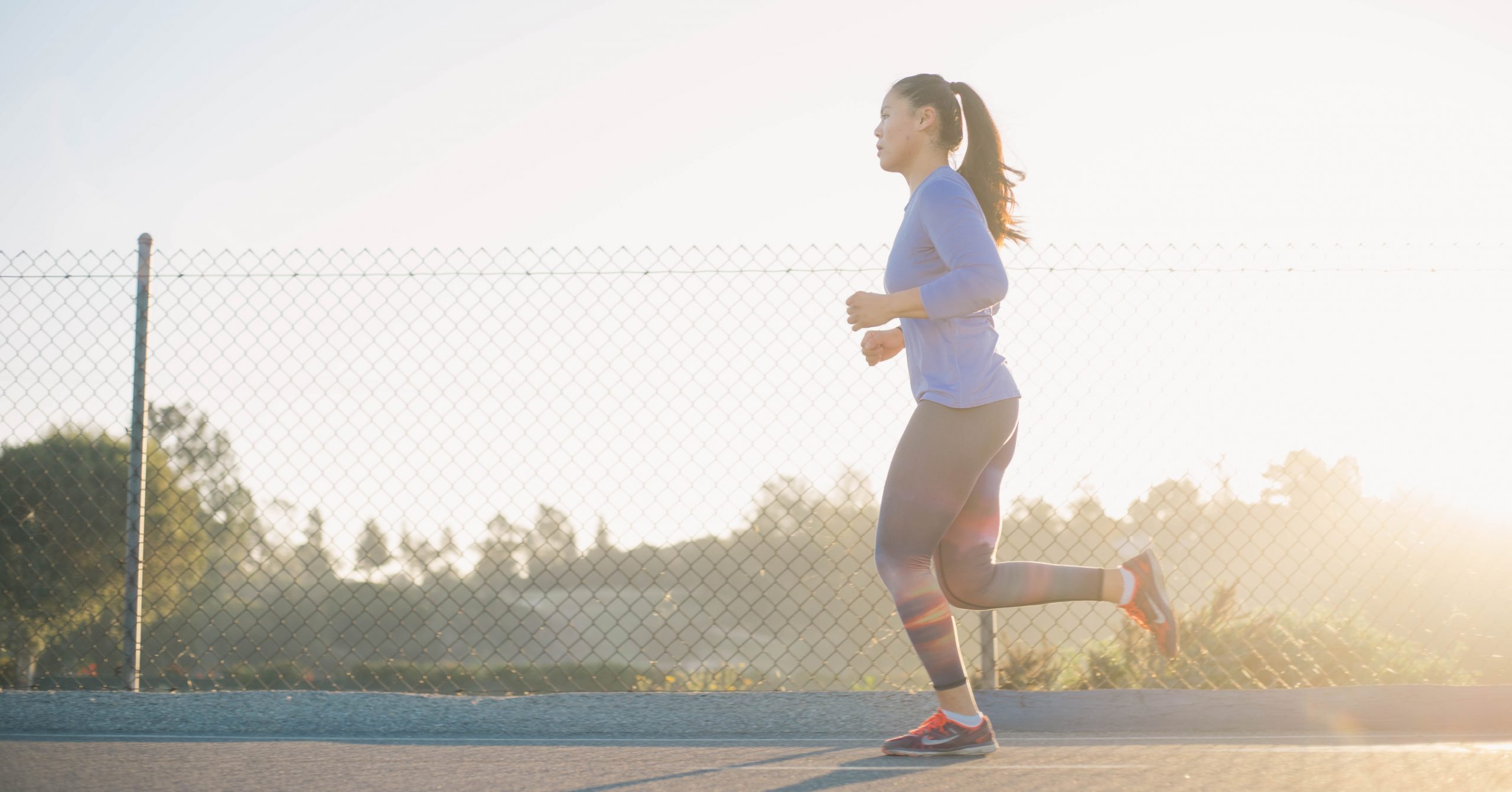
What’s the science behind an exercise associated cramp?
So what do we know about muscle cramping from science? Well, there are a lot of conflicting arguments about what causes cramp and how to prevent cramp from happening.
One thing that science does agree on is that if you have had a cramp before then that is the biggest indicator of whether you are likely to have another one.
There have been a lot of conflicting reasons put forward as the potential causes of cramps. For a long time it was thought that a lowering of electrolyte levels caused cramping, but there is a lack of scientific studies to back up this theory and more recent studies have actually shown no difference in electrolyte levels between crampers and non crampers at marathon events.
Another theory suggests something referred to as “altered neuromuscular control”, but the issue with this one is that if it is true, it doesn’t give any clear cures or preventative measures.
The basis of the theory is that when your muscles are extremely fatigued, like at the end of a race, the nerves might malfunction and be left in an active position, unable to return to rest. Spicy drinks have even been developed that attempt to shock the nerve receptors into resetting and so alleviating the cramp pain.
What most of the science agrees on is that there are probably a multitude of factors that lead to cramp and that simplifying the pain to one singular cause is not possible.
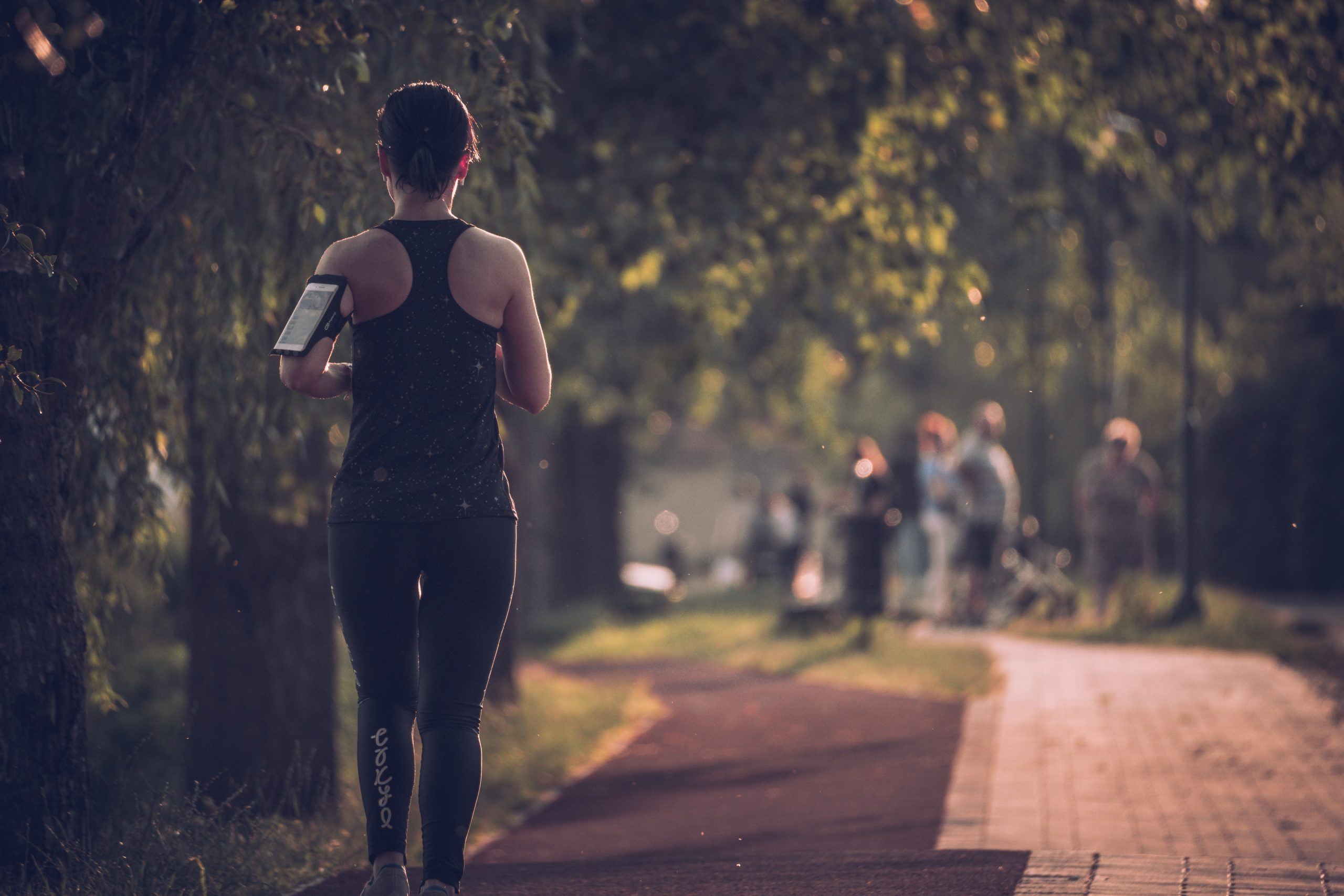
Exercise associated cramp myths
So onto some potential myths about treating exercise associated cramps. Like with lots of other common problems during exercise, stitches for example, there are always going to be lots of different thoughts about how to treat these issues. In fact, we did a poll with you, the Running Channel Community, to see what came out on top for preventing and treating cramps.
Top of polls across all social platforms was to take an electrolyte drink. As we mentioned, it’s been thought for a long time that hydration status had an impact on preventing cramps, but whilst electrolyte drinks might help performance in other ways, it doesn’t look like they’re a guaranteed tool for preventing for cramping.
BUT, a small study in 2019 looked at other nutritional elements involved with cramping. The study found potential links between a lack of Carbohydrates and low energy levels, leading to cramping in runners who were predisposed to cramping.
It’s important to point out that this study was only conducted on 4 athletes, so the results might not be universal, but the study called for more nutritional values to be considered alongside cramping than just salt and electrolytes.
Eating bananas is another theory of how to prevent cramps, as it is thought that it will help to increase the potassium and carbohydrate levels in your body, which people suggest could relieve cramping.
However, a study found that it takes 60 minutes for one serving, about 1 and a half bananas, to change your potassium levels, so it might not be an effective treatment for cramp when it happens, and if you’re using bananas as a preventative then we’re back to what we just said about electrolyte and carb levels not being definitively shown to stop cramp.
Another popular myth is to drink pickle juice. Now this is obviously not what everyone wants to do when they get cramp, and it would be highly impractical to carry pickle juice with you on every run just in case you get cramp. But some people have found benefits from drinking pickle juice, although the why is still a mystery although it’s been suggested it could be the sodium content or the triggering of similar nerve receptors to those mentioned by the altered neuromuscular control theory.
Finally, probably the least appetising myth is to eat mustard. While some people have found that it works, but similarly to the bananas and pickle juice, it takes a long time for the nutrients to get into your blood and so any short term effects are unexplained.
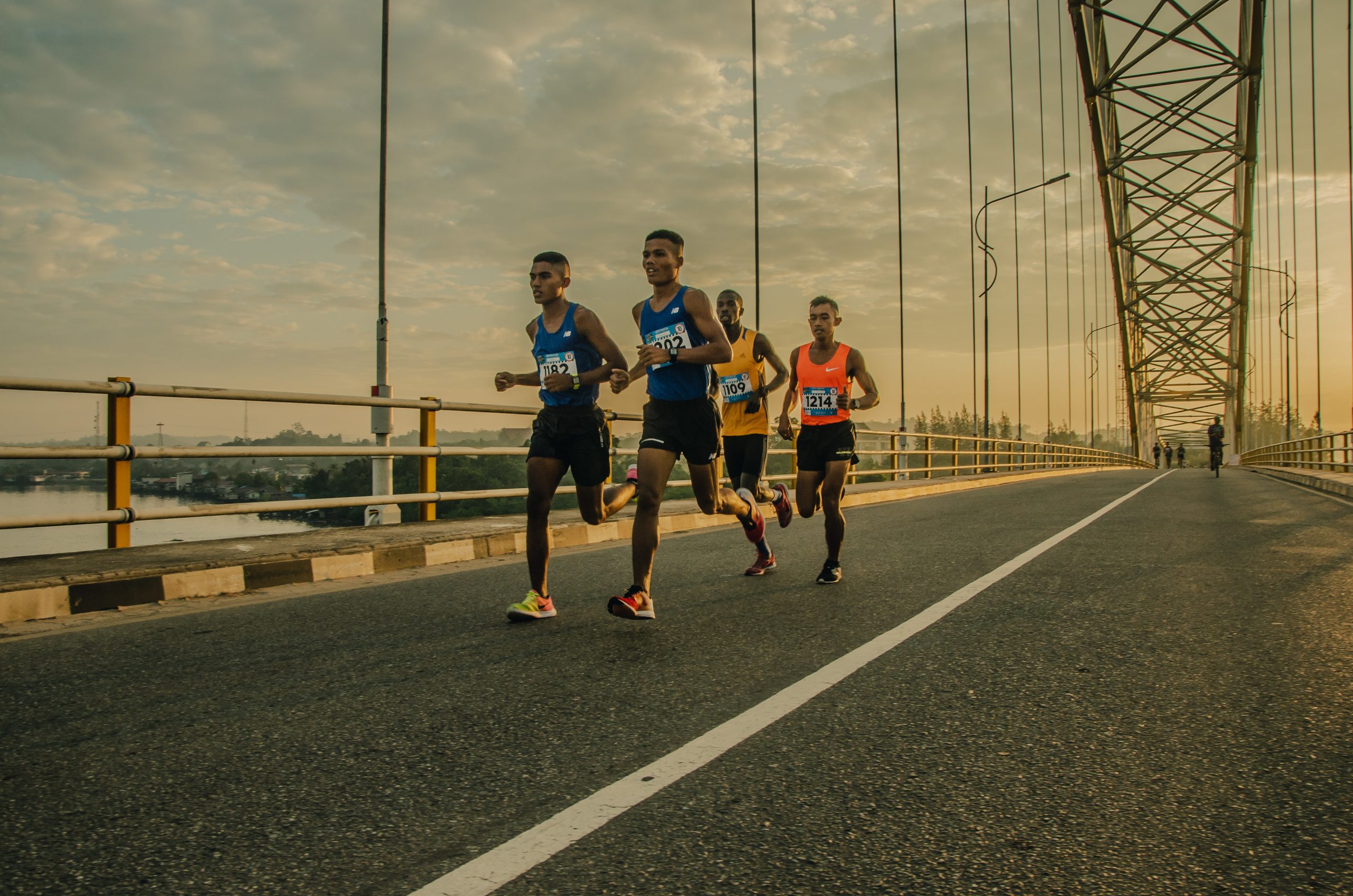
How do runners prevent cramp?
So we’ve looked at the myths – but what is actually the best way to prevent cramp? Well, unfortunately the answer to this isn’t as straightforward as eat a banana, stay hydrated and you’ll be fine.
We still don’t precisely know the cause of cramps, so it is hard to give a definitive prevention method. The most up to date research states that there are a number of different factors that cause cramps – which all vary between individuals.
Therefore, cramping should be treated on a case by case basis and you should personally experiment with what works for you, rather than taking blanket advice.
Some research suggested that pacing might be a possible contributing factor to cramp. Runners who go off fast in a race might then experience cramp as a result of overestimating their fitness. However the counter to this claim is that it could be the cramp that causes them to slow down at the end of the race and not the other way round.
Another theory for prevention looked at how lower body resistance exercises can lead to less cramping. A study looking at muscle damage and its relation to cramping, found that cramping might be related to muscles when they are fatigued to the point of muscle damage.
48 percent of the non-crampers in the study did regular lower-body resistance training compared with 25 percent of the crampers. This might be a coincidence, or it could show that lower body resistance is a good preventative measure for possible muscle damage and that can therefore act as a prevention for cramping.
Like we said before though, following blanket advice could lead to more serious health implications. For example, the dehydration theory – if you are not dehydrated and over hydrate by trying to prevent or treat cramping, then this could lead to hyponatremia, a condition that could be worse and much more serious than the cramps you were trying to prevent.
So if you are prone to bad cramping and are looking to try and prevent getting cramps during future runs or races, then it is best to consult with a professional and create a tailored plan for you. This way you can find something that works without risking further health implications.
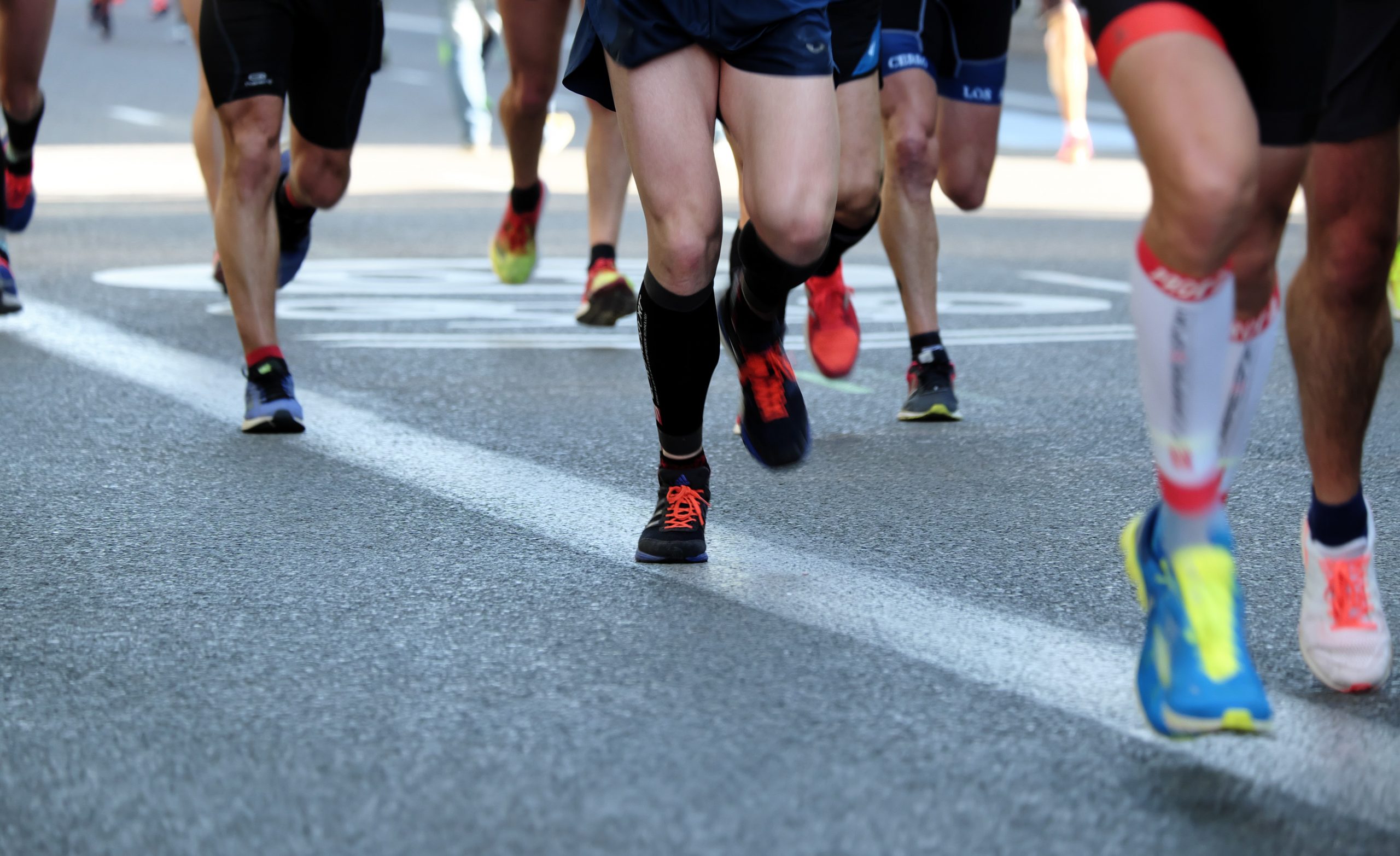
How to treat cramp when you get it
So now we know what a cramp is and we’ve debunked a lot of myths surrounding cramps, what is the best way to treat cramp if it happens on a run?
Well the best way to alleviate the pain is simply to stop running and do some gentle static stretching until the pain subsides. If it doesn’t go straight away, then it might be better to stop your run and finish off with a gentle walk back, just to avoid making it worse.
Watch our full video on the topic below:


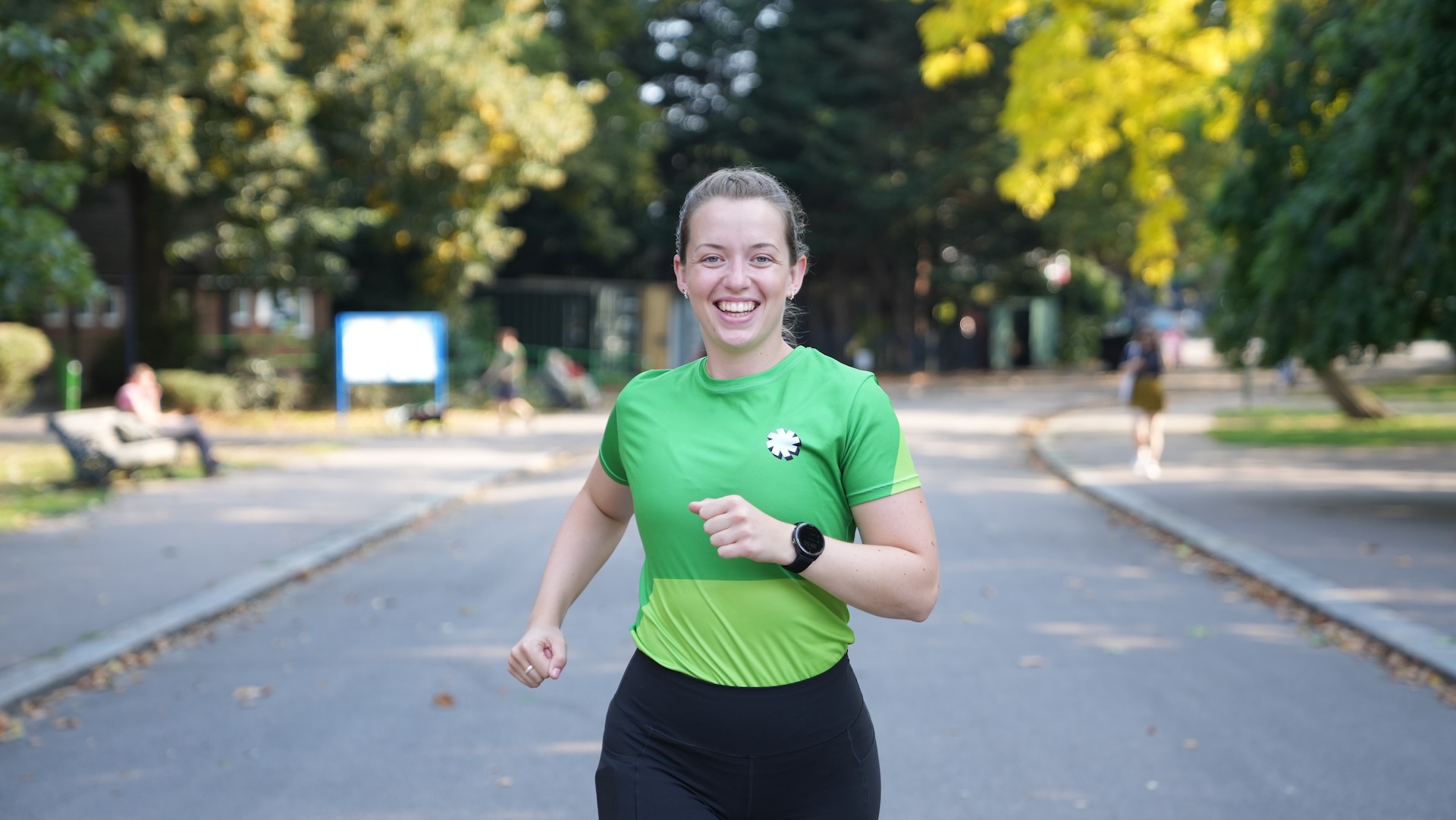
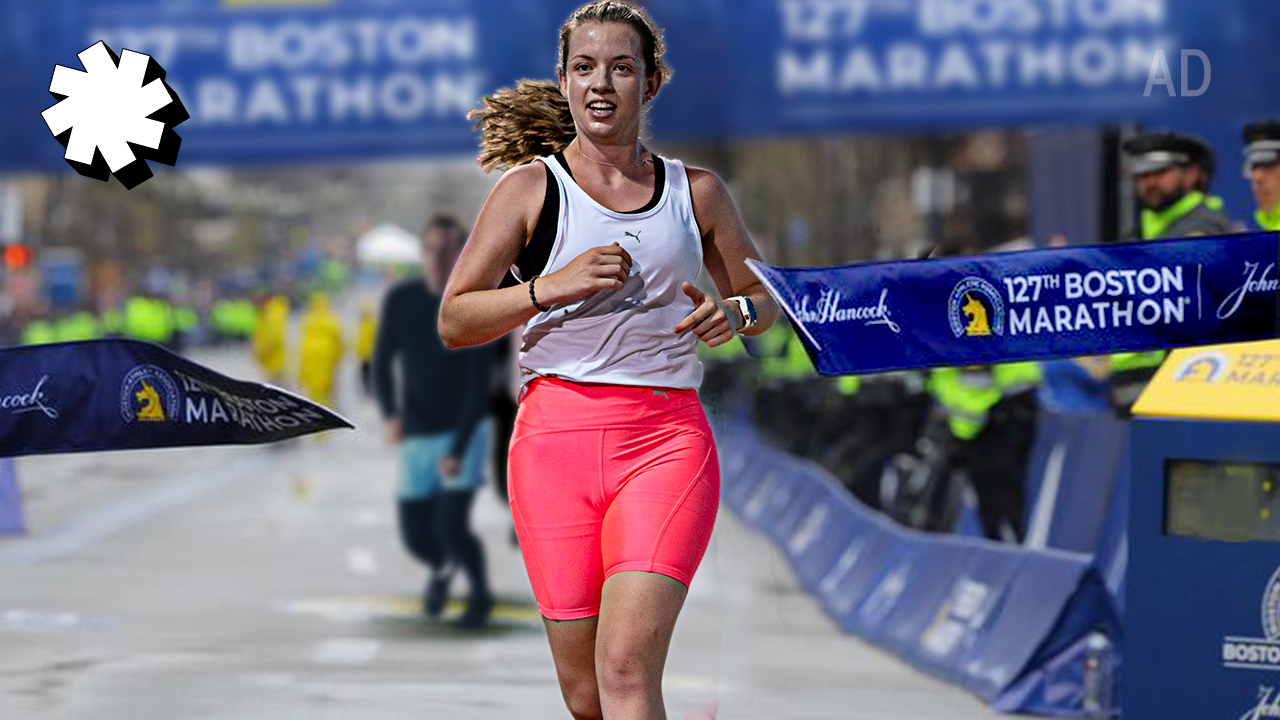
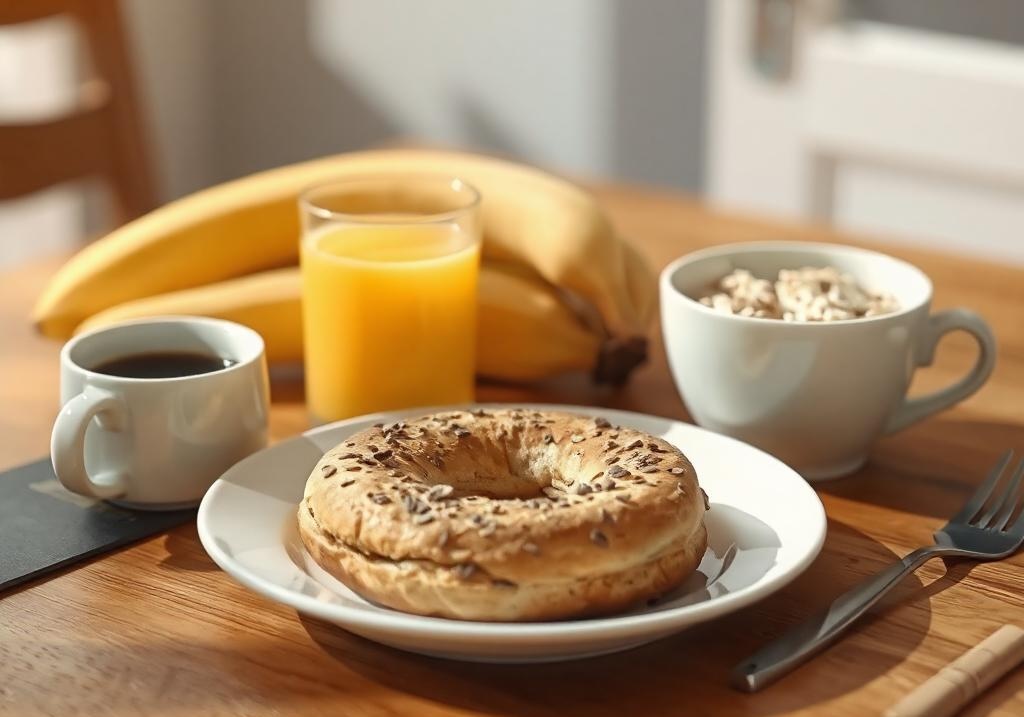
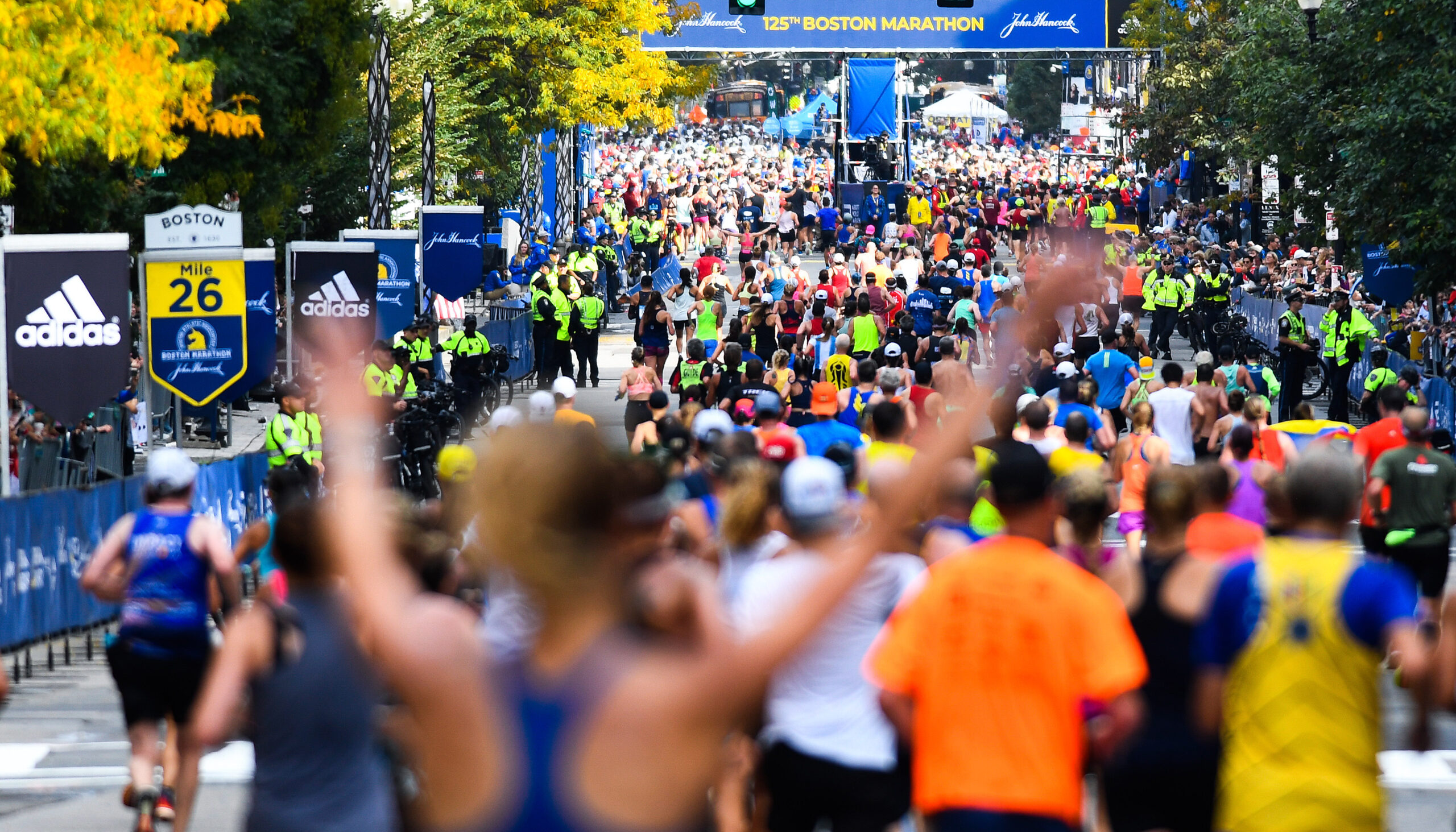
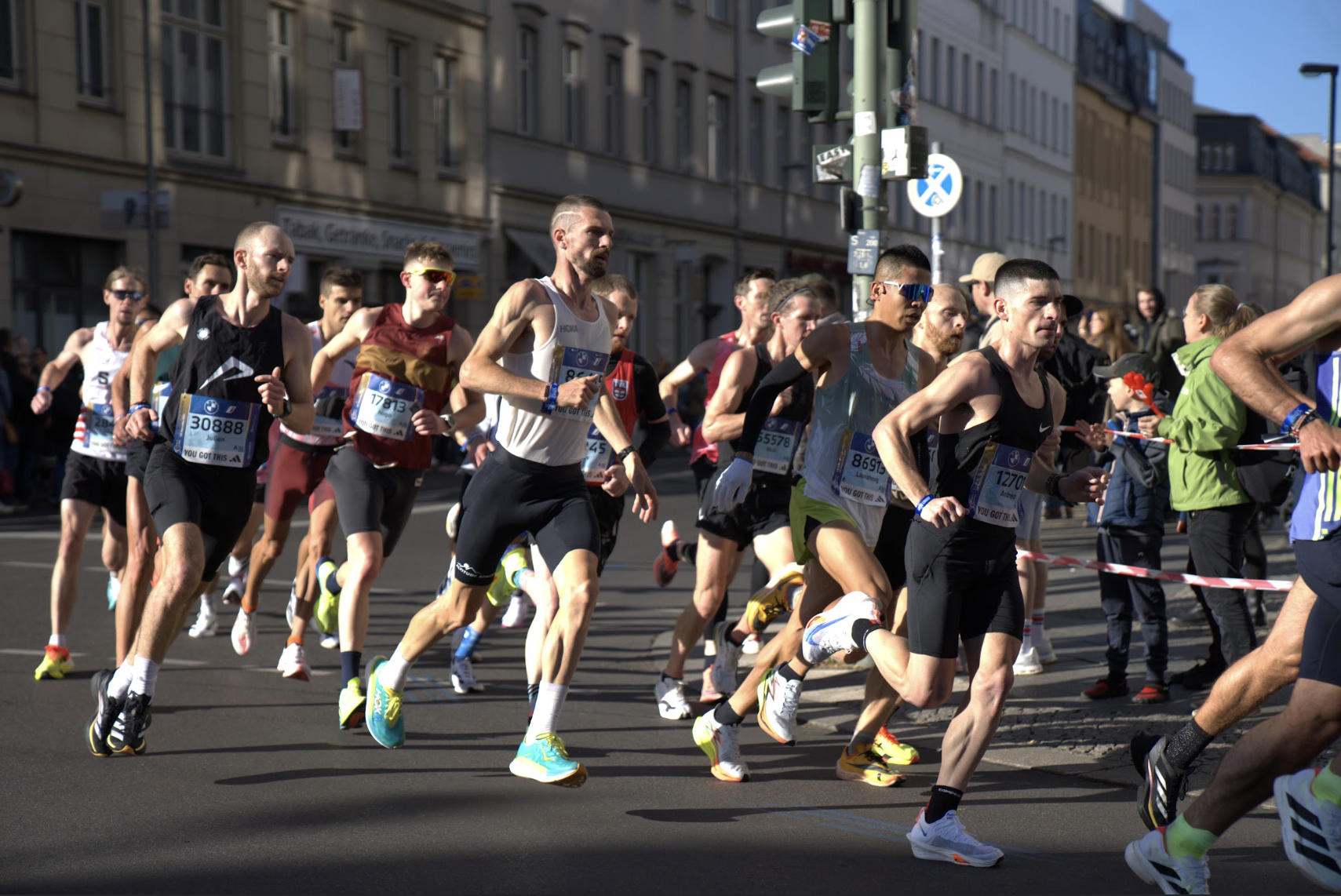





















Running News
Ingebrigtsen Stars at World Athletics Indoor Championships 2025 – Plus All The Winners!
Sam Ruthe Is First 15-Year-Old To Run A Four-Minute Mile!
Eliud Kipchoge Will Run The 2025 Sydney Marathon!